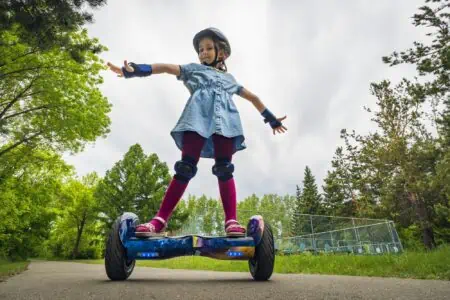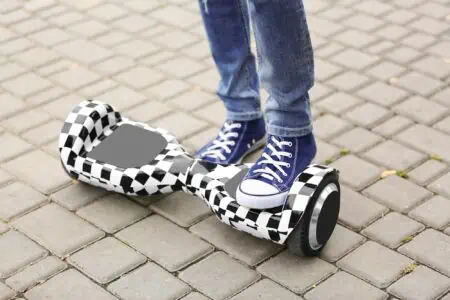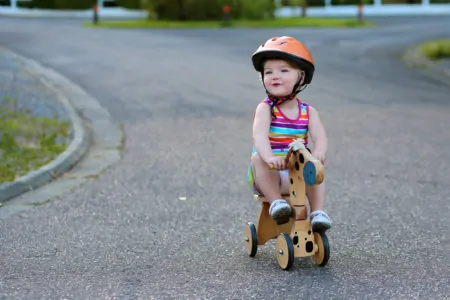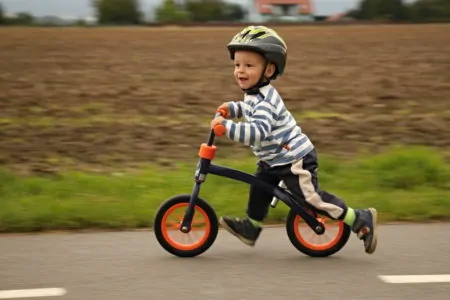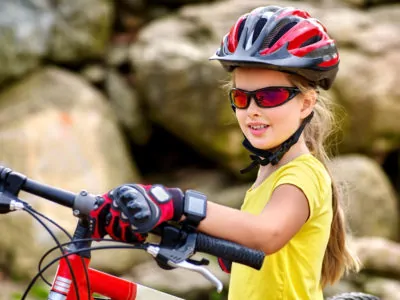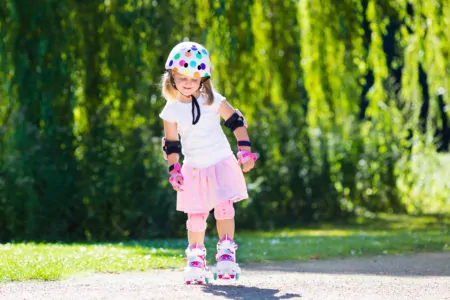If your kid has their heart set on a hoverboard, you probably have one big question: Are they actually safe? You aren’t alone in that worry. Between viral videos of falls and news reports about batteries, it is normal to hesitate before hitting “buy.”
I have dug into the latest data, safety regulations, and expert advice to give you the real scoop. From injury stats to the one safety certification you must look for, here is everything you need to know to make the right call for your family.
Are Hoverboards Safe?
Hoverboards are significantly safer today than they were prior to 2017 thanks to the introduction of UL 2272 safety certification, which rigorously tests batteries to prevent fire hazards. However, the risk of falls and collisions remains high. Between 2017 and 2021, emergency rooms treated thousands of injuries related to micromobility devices. While fire risks have decreased for certified boards, riders must wear helmets and pads to mitigate the risk of fractures and bruises.
What Is a Hoverboard?
A hoverboard is essentially a two-wheeled, self-balancing electric scooter without a handlebar. It uses internal gyroscopes and sensors to detect the rider’s weight distribution.
To move, you lean forward. To brake or reverse, you lean back. It sounds simple, but it requires a fair amount of core strength and balance. Despite the futuristic name, they roll on the ground rather than actually hovering. Think of them as a mini-Segway that requires a bit more skill to master.
Are Hoverboards Safe?
Let’s cut to the chase. Parents usually have two specific fears regarding these micromobility vehicles: the risk of the child falling and the risk of the device catching fire.
The reality is that hoverboards are motorized vehicles. Just like bikes or skateboards, gravity is always a factor. Anyone can take a spill, whether they are a total newbie or a pro rider.
The fire risk, however, has changed drastically over the years. Early models (pre-2017) had poorly regulated lithium-ion batteries that were prone to overheating. Today, reputable manufacturers adhere to strict safety standards.
Injury Statistics
While fires make the headlines, falls are the most common danger. Here is what the data tells us about hoverboard accidents in the US.
According to the Consumer Product Safety Commission (CPSC), there were nearly 77,200 injuries related to micromobility products (which includes hoverboards, e-scooters, and e-bikes) between 2017 and 2021 (1).
Key statistics to consider:
- Common Injuries: The most frequent ER visits involve fractures (wrists and forearms are common), bruises, sprains, and strains.
- Head Injuries: While less common than arm injuries, concussions can happen, which is why helmets are non-negotiable.
- Adults vs. Kids: Surprisingly, adults are three times more likely to suffer facial fractures from hoverboard accidents than children (2).
Hoverboard Fire Hazard
The “exploding hoverboard” era is largely behind us, but you still need to be vigilant.
Between 2015 and 2017, the CPSC received over 250 reports of hoverboards overheating or igniting (3). This led to a massive recall of 500,000 units.
The primary causes of these fires included:
- Low-quality lithium-ion batteries overheating.
- Subpar wiring and manufacturing defects.
- Chargers that lacked automatic shut-off features.
The Solution: UL 2272 Certification
This is the most important thing to look for. UL 2272 is a safety standard that tests the electrical drive train, battery, and charger system for fire safety. If a board has this holographic UL seal, it has passed rigorous testing. Never buy a board without it.
Warning
If you own a hoverboard manufactured before 2017, check its recall status immediately. Older models pose a significantly higher fire risk due to outdated battery construction.
What Age Is a Hoverboard Safe For?
Determining the right age depends on your child’s coordination and maturity.
The American Academy of Pediatrics (AAP) suggests that children under the age of five should not use hoverboards (4).
Most manufacturers set their own age recommendations, typically starting at 8 years old. However, some slower “starter” boards are marketed toward kids as young as 6. Always adhere to the manufacturer’s guidelines, as they account for the board’s minimum weight requirement (often 44 lbs) necessary to engage the sensors properly.
Hoverboard Safety Tips
You can manage the risks by following smart riding protocols. Here are the top safety tips to keep your child rolling safely:
- Check for UL 2272: I cannot stress this enough. Verify the UL certification seal on the packaging and the bottom of the board. This is your primary defense against fire hazards.
- Gear Up: Treat it like a bike. Riders should always wear a certified helmet. Wrist guards are also highly recommended, as the natural instinct when falling is to put hands out to break the fall. Knee and elbow pads add an extra layer of protection.
- Master the Mount/Dismount: The majority of falls happen when getting on or off. Teach your child to step backward off the board, not forward. Stepping forward often causes the board to shoot out behind them.
- Calibrate Regularly: If the board starts vibrating or feels off-balance, it needs calibration. Most boards can be recalibrated by holding the power button down for 10 seconds while the board is on a flat surface.
- Buy Reputable Brands: Avoid cheap knock-offs. Stick to established brands like Hover-1 or Swagtron that offer warranties and customer support.
- Smooth Surfaces Only: Hoverboards struggle on uneven terrain. Stick to smooth pavement, driveways, or indoors. Cracks, rocks, and thick carpets can cause the wheels to stop suddenly, throwing the rider off.
- Supervise Charging: Do not leave the board charging overnight or when you aren’t home. Once the light turns green, unplug it.
- No Night Riding: Even if the board has LED lights, they are usually for style, not visibility. Hoverboards are low to the ground and hard for cars to see.
FAQs
Should You Buy a Hoverboard for Your Kid?
Deciding to buy a hoverboard comes down to knowing your child. If they are coordinated, safety-conscious, and willing to wear a helmet, a hoverboard can be a fantastic way to get them off the couch and outside.
The fire risks of the past have been largely solved by UL 2272 certification, so ensure you buy a modern, certified board. The fall risks are real, but manageable with the right gear. Weigh the pros and cons, check the safety ratings, and trust your gut.
